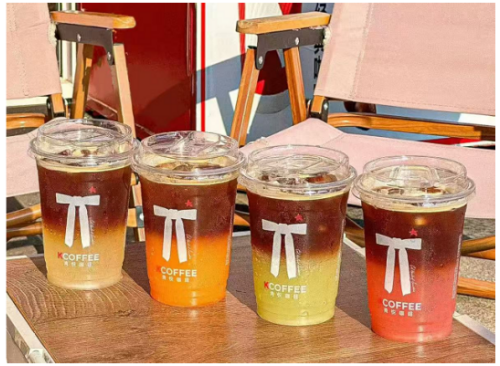Saudi National Pavilion at London Design Biennale 2025: "Good Water" Invites us to Rethink

RIYADH, Saudi Arabia, March 26, 2025 (GLOBE NEWSWIRE) -- Saudi Arabia returns to the London Design Biennale 2025 with an exhibition entitled Good Water, from 5–29 June 2025 at Somerset House. Commissioned by Saudi Arabia’s Architecture and Design Commission, this year’s pavilion is curated by design collective including Alaa Tarabzouni, Aziz Jamal, Dur Kattan and Fahad bin Naif, who bring together their multidisciplinary backgrounds in architecture, design and the arts, for an exhibition that questions, disrupts, and reimagines systems of access and distribution of water, and our relationship with it.
The curatorial concept of Good Water responds to this year’s theme for the London Design Biennale, ‘Surface Reflections’, which explores how ideas are fuelled by our internal experiences, external influences and personal histories. The Saudi Pavilion is defined by a sabeel – a free water fountain, a symbol of hospitality deeply rooted in the Saudi Arabian tradition. Traditionally, these fountains are scattered across the country, providing water to passersby embodying a communal ethos of generosity. Yet, within the context of this exhibition, the sabeel is no longer just a gesture of goodwill, but a question: Who pays for ‘free’ water? What does it truly cost? And, crucially, if the burden falls on someone else, does it not, in some form, cost everyone?
The sabeel, as a concept, carries a deep contradiction: while it offers water freely, the reality is that the water is not free at all. Every sip is made possible by a complex system of labour, energy, and economics. Potable water is extracted through costly processes, imported in plastic bottles, or transported through networks that demand maintenance and oversight. The cost is distributed across various actors – governments, corporations, workers – but ultimately, it is a cost that all must bear. Even those who do not pay for water directly still share in its long-term consequences. The sabeel in the pavilion, therefore, is more than a functional object: it is a symbol of interdependence. It highlights the tension between generosity and cost, between access and consequence.
The Saudi National Pavilion is a flagship initiative of the Architecture and Design Commission, supported by the Ministry of Culture, reflecting Saudi Arabia's commitment to contributing to international design discourse and promoting sustainable, innovative solutions.
The press kit is HERE.
For information contact:
Anastasia Lander
Pelham Communications
Anastasia@pelhamcommunications.com
A photo accompanying this announcement is available at https://www.globenewswire.com/NewsRoom/AttachmentNg/f11301a5-c6f1-4cba-81d8-65b5bfcd50d3


